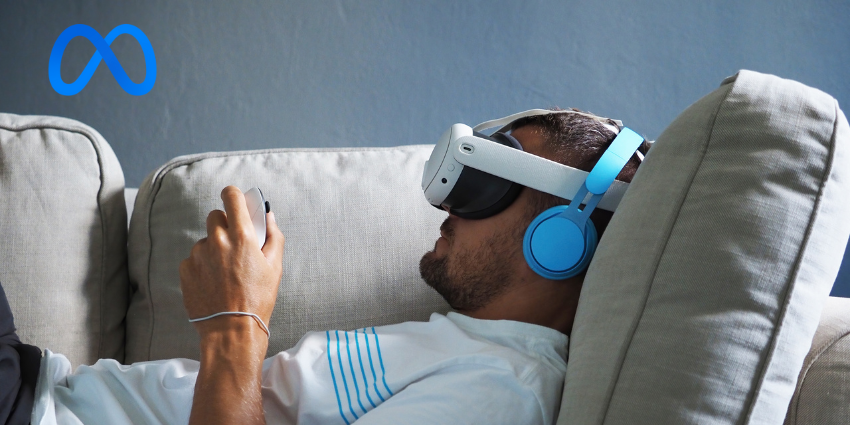Recently, a forecast from VarifiedMarketReports indicated that the 3D geospatial market is set to skyrocket in the second half of the decade following a busy 2024, piggybacking off the recent hype of mobile 3D/AR smart glasses and smartphone location-based, outdoor immersive experiences.
According to the market report, the 3D geospatial market will grow to $16.2 billion by 2030, following a market valuation of $8 billion in 2024; the rise in value is due to many factors, notably the general increase of AR location-based consumer and enterprise applications seen over the past four years.
Additionally, VarifiedMarketReports noted a 20.3 per cent CAGR increase between 2024 and 2030, with some leading technology firms, including businesses such as Hexagon, Atkins Plc, and Topcon.
For example, on the consumer side of AR, location-based experiences kicked off for smartphone users via entertainment, games, and tourist services. On the enterprise side, geospatial AR services reach users in sectors such as construction, architecture, and marketing/events, enabling businesses to collaborate over and access XR-lite services on a smartphone device alongside integrated technologies such as AI and digital twins.
Moreover, the recent rise of AR smart glasses contributes to the increasing forecast expectations. While AR smart glasses adoption is still in its early stages, Meta’s recent success with its Ray-Ban product and its upcoming Orion device is most likely contributing to the $16.2 billion forecast.
Optimistic Market Forecasts Declare AR Smart Glasses Uptick
As noted, following the rise in smartphone location-based AR/3D content and the proposed incoming rise of AR smart glasses, 3D geospatial could soon follow as a growth trend.
The popularity of Meta Ray Ban Smart Glasses and the Apple Vision Pro spatial/MR computing headset has shifted interest in VR hardware towards upcoming AR/MR devices. Although adoption is not yet widespread, with the expected decrease in buy-in prices and more advanced hardware, interest in AR/MR will likely increase.
ResearchAndMarkets recently released its “Smart Augmented Reality Glasses—Global Strategic Business Report,” highlighting the growth rates of smart glasses, the potential opportunities for enterprises, and how smart glasses could replace VR headsets.
According to the report, the global market for smart glasses reached approximately 678,600 units in 2023 and is expected to grow significantly to 13 million units by 2030, representing a CAGR of 53.0 per cent from 2023 to 2030.
The smart glasses market expanded to around 432,300 units in the US in 2023, contributing to the projected 2030 market forecast. ResearchAndMarkets also anticipates market growth in China, with a projected 62.5 per cent CAGR and 613,300 unit shipments by 2030.
Additionally, IDC noted a significant decrease in global AR/VR headset shipments during the first quarter of 2024, revealing a 67.4 per cent year-over-year drop in shipments. This decline primarily impacted VR headsets, as potential buyers focused on MR/AR devices instead.
Jitesh Ubrani, a Research Manager at Worldwide Mobile Device Trackers, IDC, noted that new mixed reality/spatial computing devices are leading to the decline of VR headsets, stating, “strictly virtual reality headsets [will start] to fade in the coming years.”
Ubrani also noted that XR brands and developers will “devise new hardware and experiences to help users eventually transition to augmented reality further down the line.”
The report shows that although headset sales decreased, the average selling price increased by over $1000, partly due to Apple Vision Pro. Since the Quest 2 took over the market in 2020, the prices of several consumer headsets have gradually risen.
Despite the significant drop in headset sales, the overall forecast remains positive. As the starting entry price for MR headsets is expected to decrease, consumers may shift from VR to MR/AR devices.
With the introduction of new mass-market products, the IDC anticipates a 43.9 per cent CAGR in headset shipment volume from 2024 to 2028.
Furthermore, while consumer-facing devices experienced a decline, separate reports indicate a rise in using XR devices in enterprises. The IDC report also shows that the increase in enterprise XR devices is consistently growing.







